
Food
What people eat and drink on New Year's Eve around the world
Grapes in Spain. Pomegranates in Turkey. See how the world celebrates the beginning of a new year.

Scotland: Whisky
It's a Scottish New Year's Eve — or Hogmanay — tradition to share a glass of whisky with visiting friends and neighbors, especially the first visitor of the new year. Following the holiday tradition of "First Footing," the first visitor or "first footer" should bring symbolic gifts, such as coal, shortbread, salt, black buns or whisky, Visit Scotland's Hogmanay primer explains.
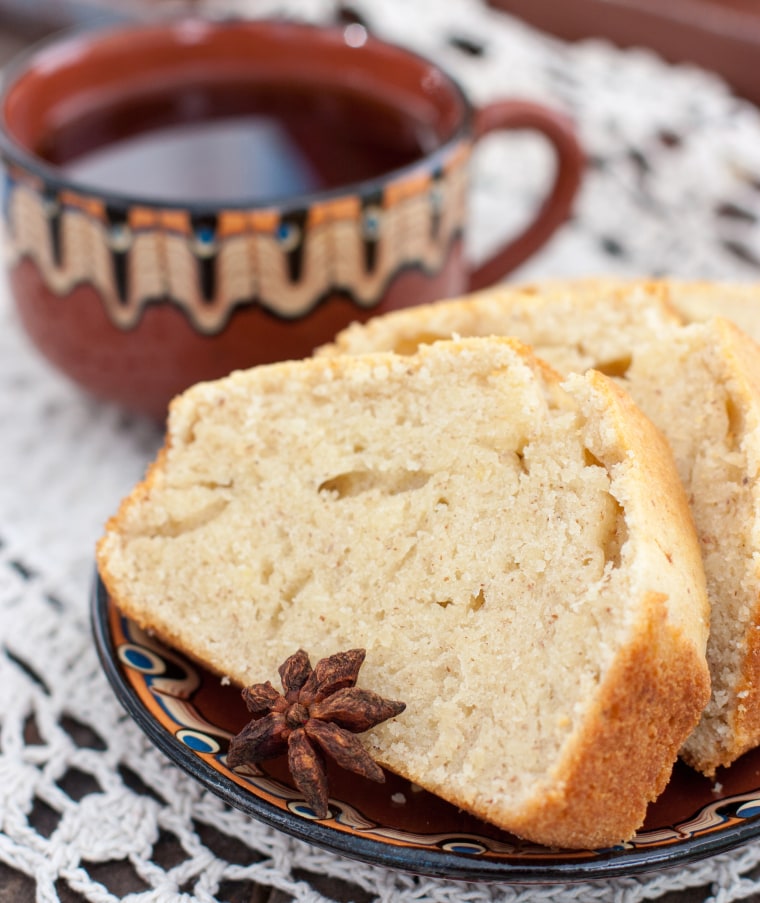
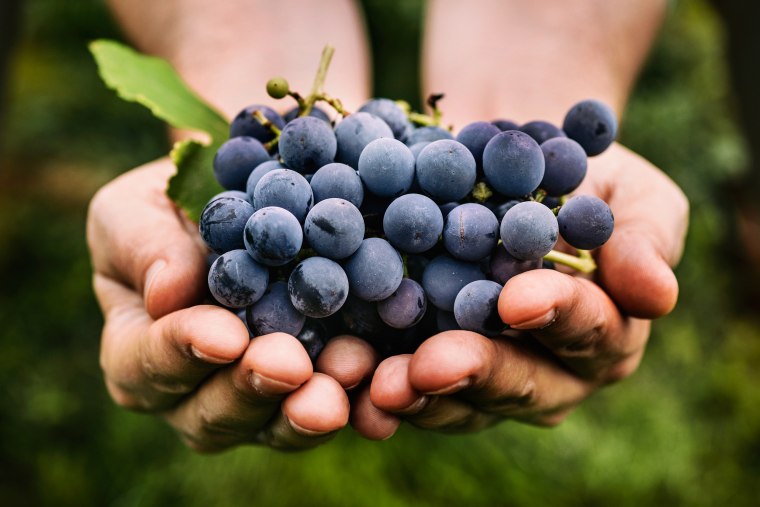
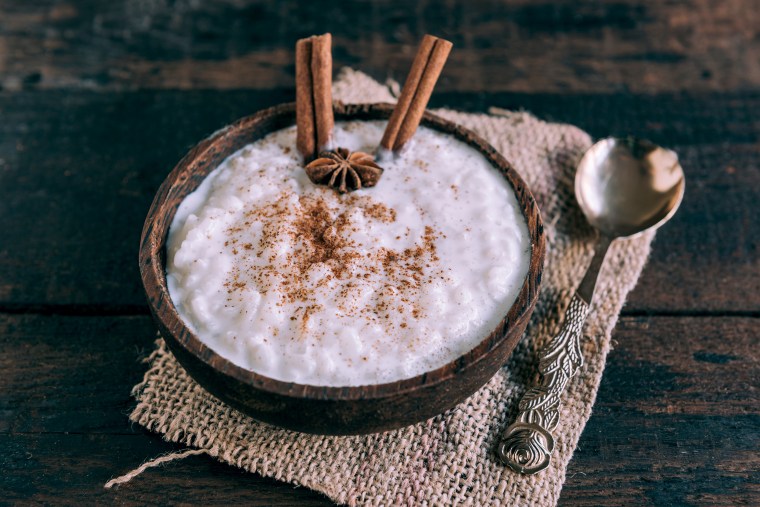
Sweden: Rice pudding
In Sweden and other Scandinavian countries, rice pudding is popular for both Christmas and the new year. On New Year's Eve, an almond is hidden in the pudding, according to Bustle, and whoever finds the nut supposedly gets an extra dose of luck in the new year.
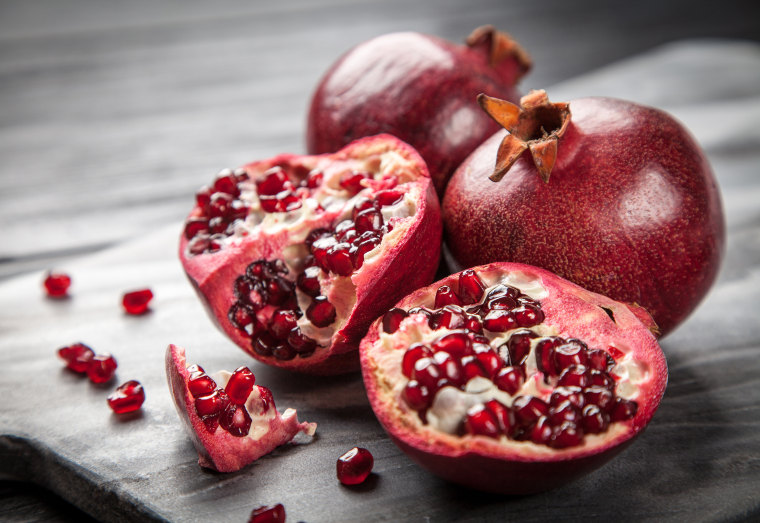
Turkey: Pomegranates
In Turkey, pomegranates have several symbolic meanings for the new year, including denoting life, fertility, health and prosperity, according to Mother Nature Network.
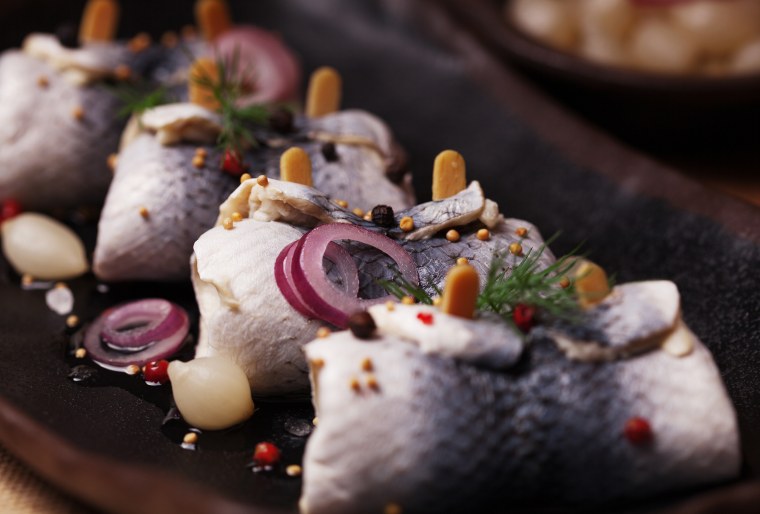
Poland: Pickled herring
In Poland and other countries where this fish species is abundant, herring is eaten to bring good fortune in the new year, according to CNN.
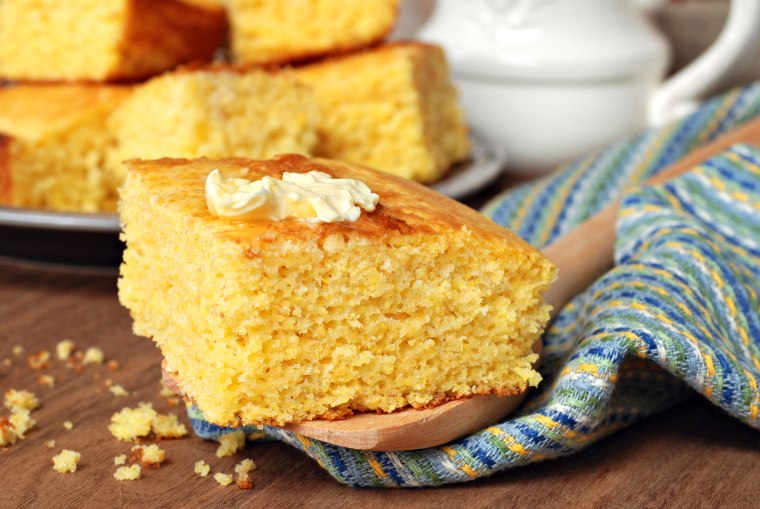
Southern United States: Cornbread
Cornbread, which some believe symbolizes gold, according to Southern Living, is part of a traditional New Year's meal in much of the South. Don't forget the black-eyed peas and collard greens to complete this luck-filled feast!

Germany: Berliner
In Germany, Berliner (a doughnut-like pasty with a hole) are a classic treat for the new year and other winter holidays. While the doughnuts are frequently filled with jam, pranksters will sometimes secretly add a few doughnuts filled with mustard to the holiday platter, according to INSIDER.
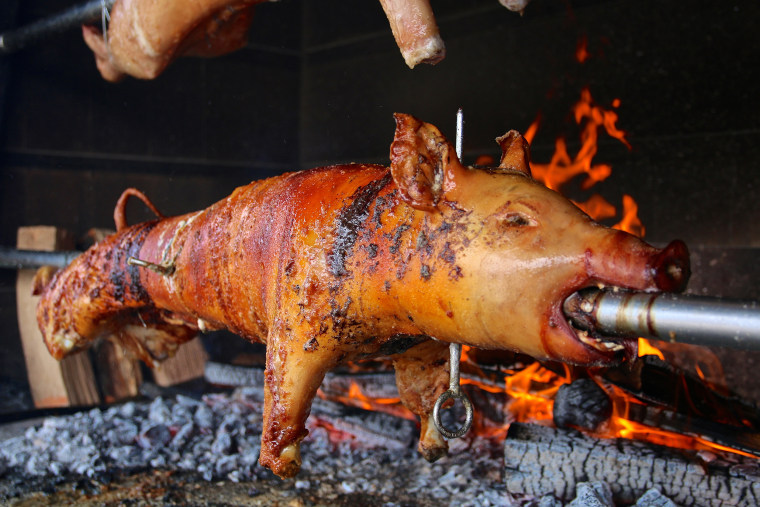
Cuba: Roast suckling pig
Pork, which is believed to bring prosperity due the meat's richness and natural fattiness, is a popular New Year's food in many countries, including in Cuba, where whole suckling pigs are roast for New Year's Day parties.
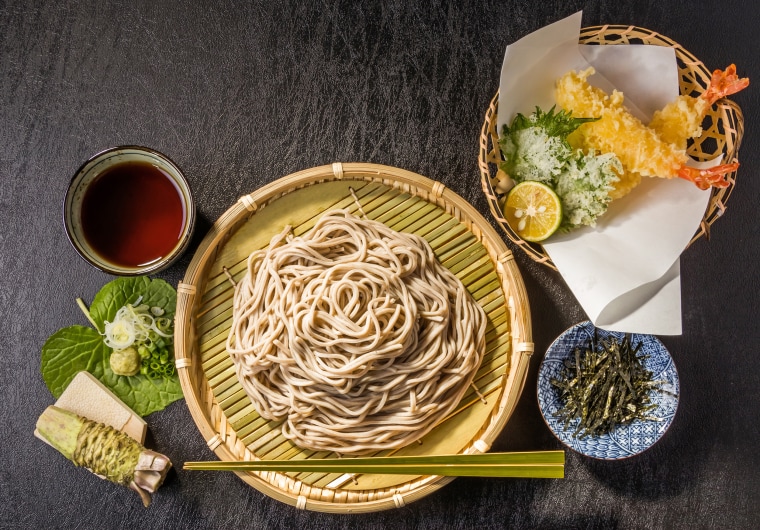
Japan: Soba noodles
In Japan, long strands of buckwheat noodles are eaten on both New Year's Eve and New Year's Day. There are various explanations as to what the noodles really symbolize, but the most common notion is that the elongated shape of the noodles symbolizes the crossing of one year to the next, Japan Talk explains.
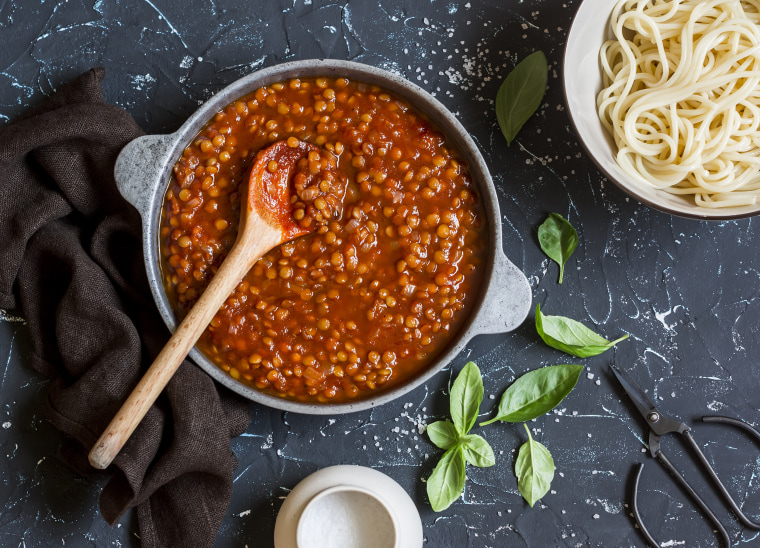
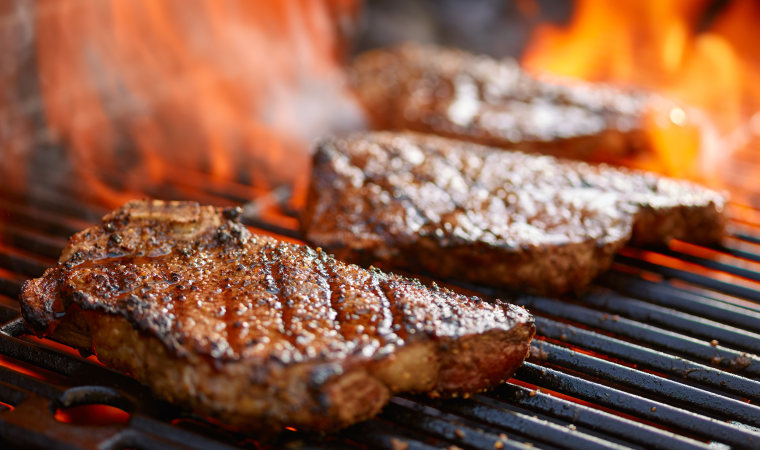
Australia: A barbecue
In Australia, where the new year occurs during the country's summertime, it's traditional to host a big barbecue with plenty of grilled meats for the holiday. "The fact is here in Australia, we’re in prime position for New Year’s Eve activities," says Australian Outdoor Living. "Nobody wants to be outdoors in the Northern Hemisphere for this celebration; there they’re all eager to usher in the New Year so they can get off the snowed-in streets and back into their cosy beds."

All over the world: Champagne
Though it's hard to trace Champagne's exact path to its rightful place at the top of any New Year's Eve drinks list, the bubbly beverage was already gaining in popularity as the festive drink of choice by the late 1800s, according to Imbibe Magazine. Of course, there's no reason to limit yourself to bona fide French Champagne. There are plenty of other sparkling wines, such as Italian Prosecco and Spanish Cava (which are both usually much cheaper than traditional Champagne but still very tasty), with which to ring in the new year!